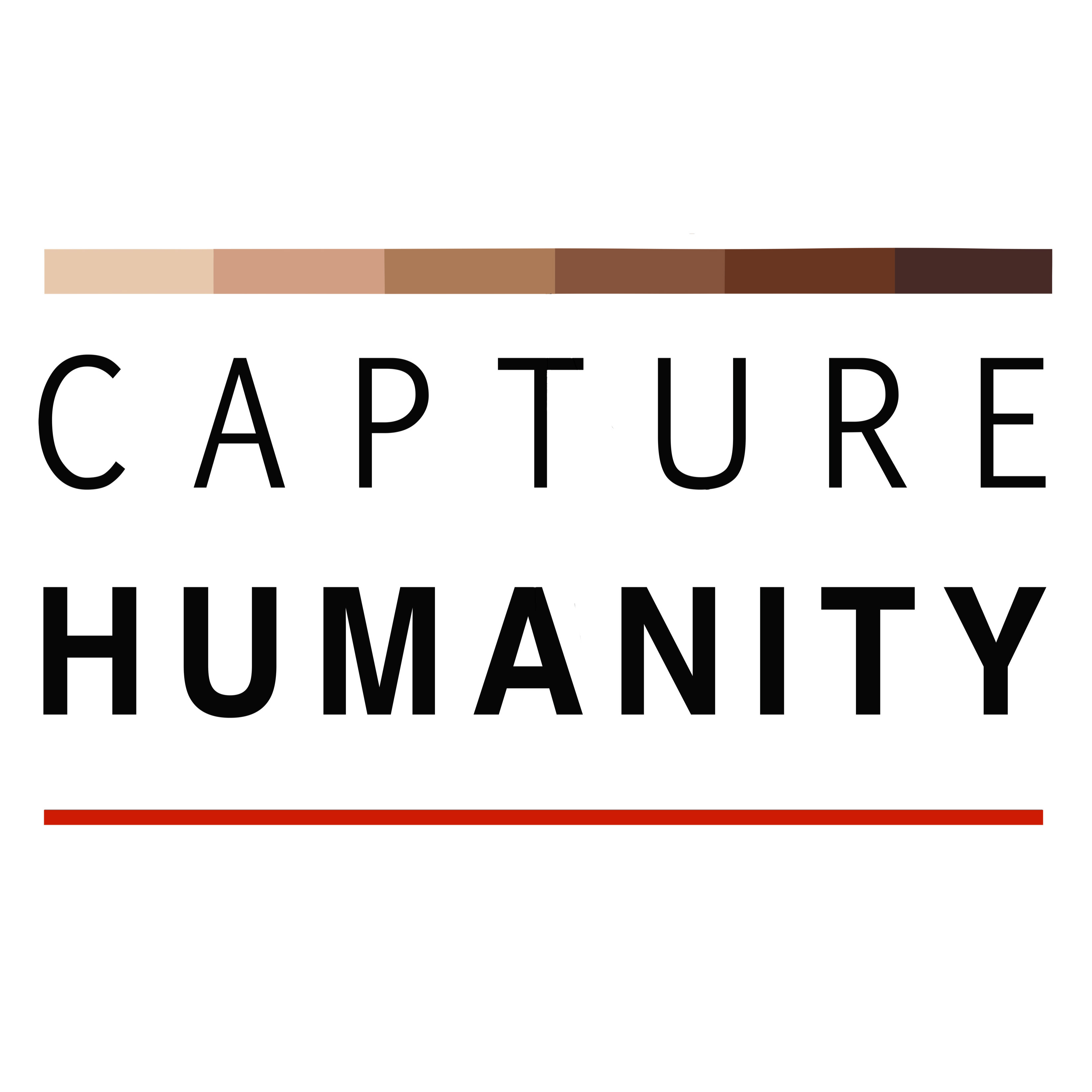In the late 2000s, as a wave of ritual killings and amputations of people with albinism spread across Tanzania, the country’s government kick started efforts to ensure the physical safety of children with albinism. They established ‘temporary holding shelters’ to offer some degree of protection and placed children in walled settlements to protect and hide them. While the settlements afford a certain level of safety for the children, visiting team members from Living Waters Children’s Fund (LWCF) observed a substantial lack of education, enrichment, nutrition and safety in these communities.
"Constant Fear of Death" photo series is made using a combination of photojournalism and collected written testimonies of four Tanzanian child survivors of violent, superstition-driven attacks who were waiting to receive sophisticated prosthetics provided by Shriners Hospital in Philadelphia. In the series there are much needed moments of joy given that the children suffer from post-traumatic stress. The children are photographed during recreational and learning opportunities offering the children a chance to just be kids again at the Dare to Dream Home in New York, where the children are cared for by Global Medical Relief Fund (GMRF), a charity that hosts children who have been injured in conflict or disaster.
Pendo, Emmanuel, Mwigulu, and Baraka live in constant fear of attack, dismemberment, and death. The children are among the nearly 7,000 Tanzanians with albinism, a hereditary condition that results in a lack of pigmentation in skin, hair, and eyes. In Tanzania, people with albinism are persecuted because of their lack of color. The regions of Shinyanga and Mwanza are particularly dangerous for those with albinism. Here, witchdoctors promote a belief in the potential magic and superstitious properties of albino body parts, and children with albinism are murdered so their skin, hair, and appendages can be used to make charms and potions believed to bring wealth, power, and good luck. They are seen as easy prey.
While creating this series, I was careful to use a trauma-informed approach to photography by using five guiding principles: safety, trustworthiness, choice, collaboration, and empowerment. As I continue learning how to implement trauma-informed practices into my photography process, I often reflect on how photography is a powerful tool to create awareness—but I am aware that we must take the utmost precaution to avoid causing harm.
Mwigulu Matonange
Mwigulu Matonange was born on July 1st, 2003 as the only child with albinism in his family. In February 2013, he lost his left arm in an attack. Under the Same Sun (UTSS), an organization committed to fighting discrimination and violence against people with albinism through advocacy and education, instantly took him under its wing, enrolling him in the education program as en emergency case.
Emmanuel Festo
Emmanuel Festo, who was born on Christmas Day in 2002, lost his left arm, the fingers on his right hand, four teeth, and part of his upper jaw during an attack in 2007, when he was just five years old. He went to the government centre in 2008 for protection and remained there until 2011, when UTSS enrolled him unto the education program and moved him to a better private boarding school. He is the only person with albinism (PWA) in his family.
Pendo Senerema
After Pendo was attacked at age 14, UTSS removed her from her village and enrolled her in an education program as an emergency case. The loss of her arm is secondary to her feelings of isolation, loneliness, pain, and emptiness. “I wish I could help people understand that people with albinism are like everyone else. What makes us different is the fact we live in fear of those who want to hurt us. We are not ghosts; we are real people. This has caused so much pain in my life. I want to be a normal girl, not someone who needs to be hidden.”
Baraka Cosmas
Baraka Cosmas was born on October 24th, 2009 to family of five kids, where four of them have albinism. Baraka was attacked in March 2015 and lost his right hand. He was instantly taken into the UTSS education program.
